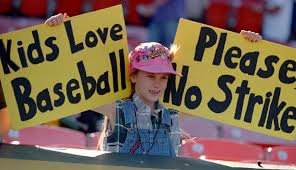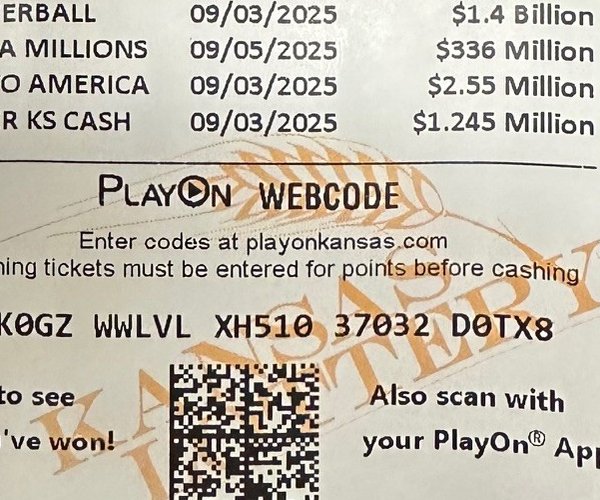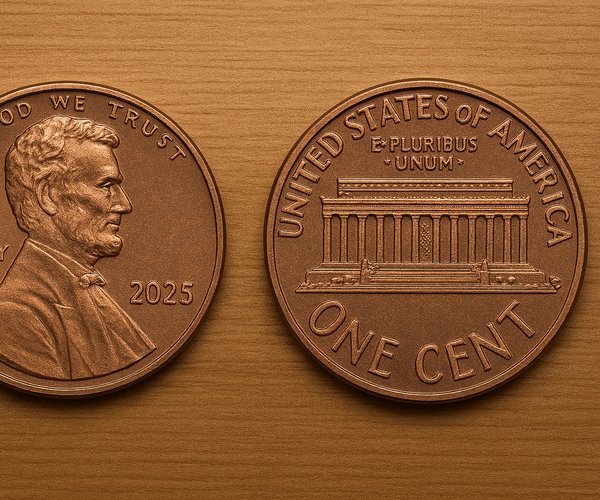When discussing MLB, I would much rather be talking about Ws and Ls, BAs and ERAs, and HRs and HBPs than CBA or MLBPA. Seldom does anything good come from CBA and MLBPA being included in the same sentence.
Yet, here we are.
As the schedule hits the 3/4 mark on another Major League Baseball season, fans might want to savor every pitch a little longer. The sport’s current Collective Bargaining Agreement (CBA) between MLB and the MLB Players Association (MLBPA) expires in December 2026. That’s just one more season away from a potential labor standoff that could leave stadiums silent and hearts broken — for a long, long time.
If you listen closely you can already here the early rumblings and grumblings. The owners — those villain billionaires hiding behind their money vaults — are once again pushing for a salary cap, a concept players have long rejected and will continue to do so. This isn’t going to be just a power struggle — it’s going to be a battle over the future of the sport as we know it. Players, many of whom are struggling with arbitration system decisions that limit their early career earning potential, are also preparing for the battle. In the other dugout, it’s the owners who are claiming financial hardship with a straight face.
I have trouble feeling sorry for either party.
MLB Commissioner Rob Manfred finds himself in the crosshairs of this oncoming train wreck. He must navigate the competing interests of small-market team owners like Miami’s Bruce Sherman, the Athletics’ John Fisher and Minnesota’s Jim Pohlad, who can now only dream of a salary cap to even the playing field with Los Angeles, both New York teams, the Chicago Cubs, and several other big spenders.
If your league hasn’t instituted a salary-cap policy in its first 150 years of existence, how do you expect to implement one in today’s climate when there are college athletes making $5 million and more per year?
MLB is the only one of the four major sports (football, basketball and hockey included) that does not have a salary cap. The NFL has had one in place since 1994, a result of CBA negotiations with the NFLPA. The initial cap was set at $34.6 million. For 2025, the NFL’s cap is over $279 million.
Getting a salary cap put in place in MLB will take an act of God. How do they expect to get a salary cap implemented when they don’t even have a salary floor?
A salary floor prevents franchises from continually under-spending, which can lead to less competitive teams, especially in smaller markets. How is that fair for the fans? Some owners don’t seem to care about their fans. Depending on the source, the highest payrolls belong to the Dodgers ($323M), Mets ($321M), and Yankees ($293M). At the opposite end of the spectrum sits the Miami Marlins at $67M and the Athletics (so poor they are homeless) at $73M. Get this: Juan Soto of the Mets is making just under $62M this season alone.
A salary floor forces teams to spend more money on player salaries, which could and should improve the quality of the product on the field. It would encourage more competitive balance and it could discourage teams from intentionally putting a poor product on the field for high draft picks. It would benefit the players financially because the owners would be required to carry a higher payroll. And fans may actually want to come to the ballpark to watch their team if they detect an investment in the product.
If an agreement isn’t reached by December 2026, owners will lock out the players and the strike will be in place.
There have been several strikes in MLB but none were as devastating as the strike of 1994-95. This labor stoppage caused cancellation of 938 games including the 1994 postseason. There was no winner. It was a lose-lose for the owners and MLBPA. Neither side achieved their goals. Players lost salary and playing time. The strike damaged baseball’s image with fans. The Montreal Expos were the biggest losers. They had the best record in baseball and were on their way to a postseason run when the season came to an abrupt halt. The next year they were forced financially to get rid of their stars and eventually moved to Washington.
There’s still 16 months to figure this out. Right now, the players and owners are posturing for position — circling each other like kids ready to fight on a playground. The real negotiations haven’t begun but the fans should brace themselves for the worse. The 1994-95 strike caused irreparable damage. The next one could be even longer, and more bitter.
— Keith Lippoldt





